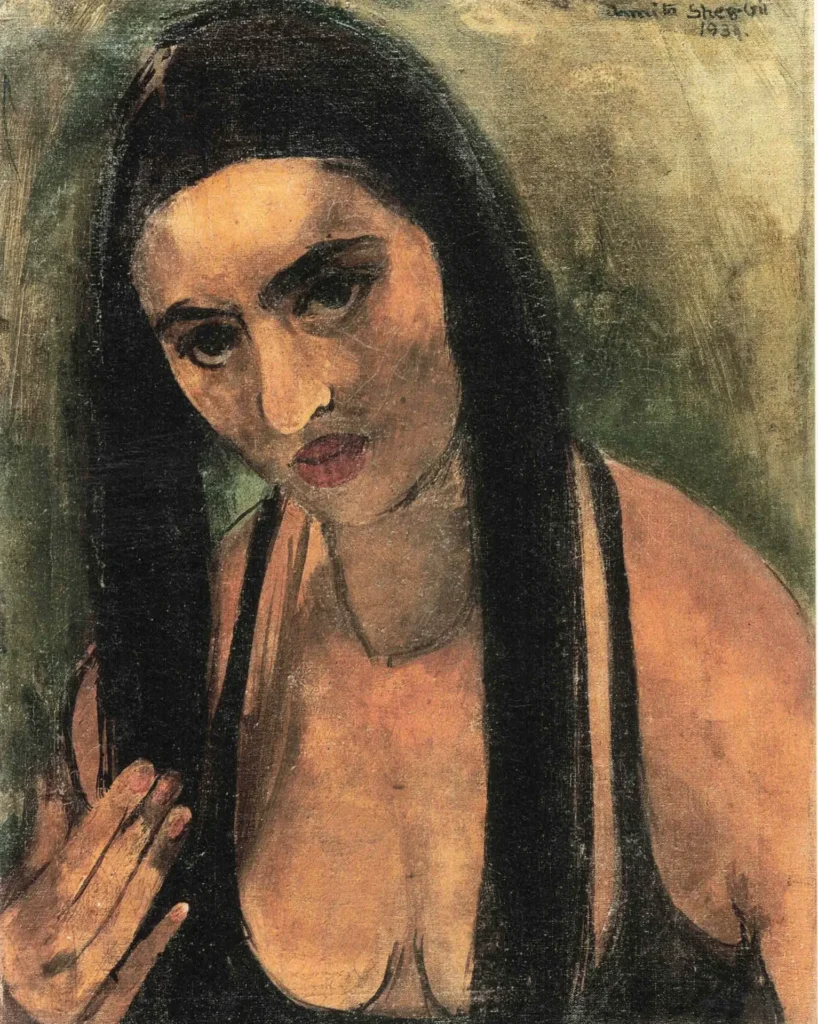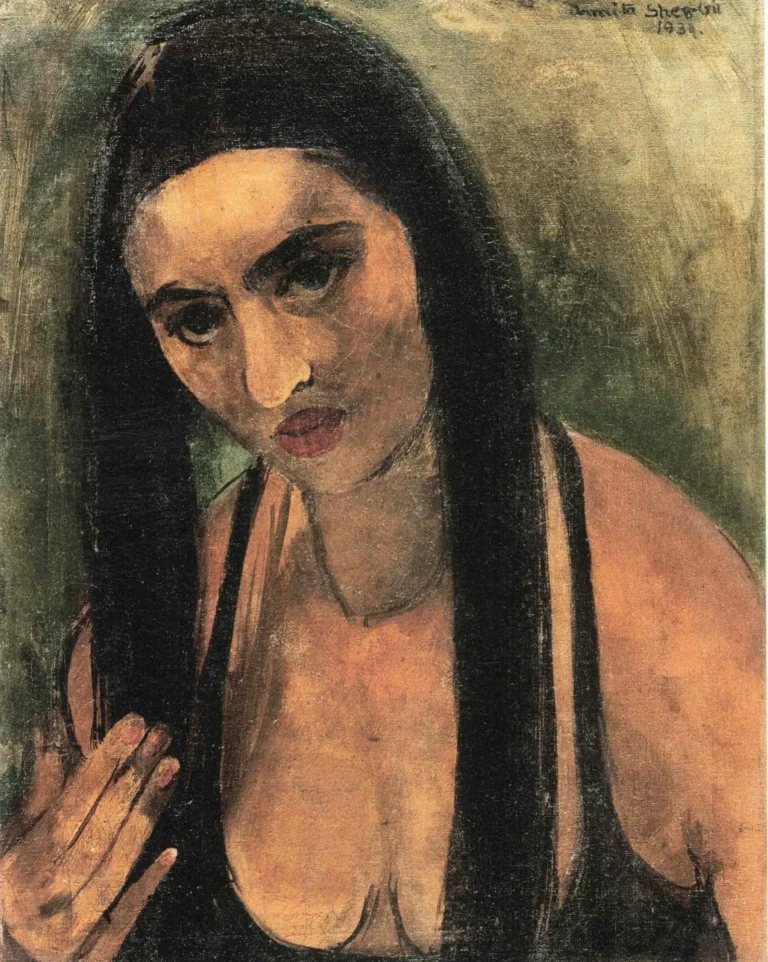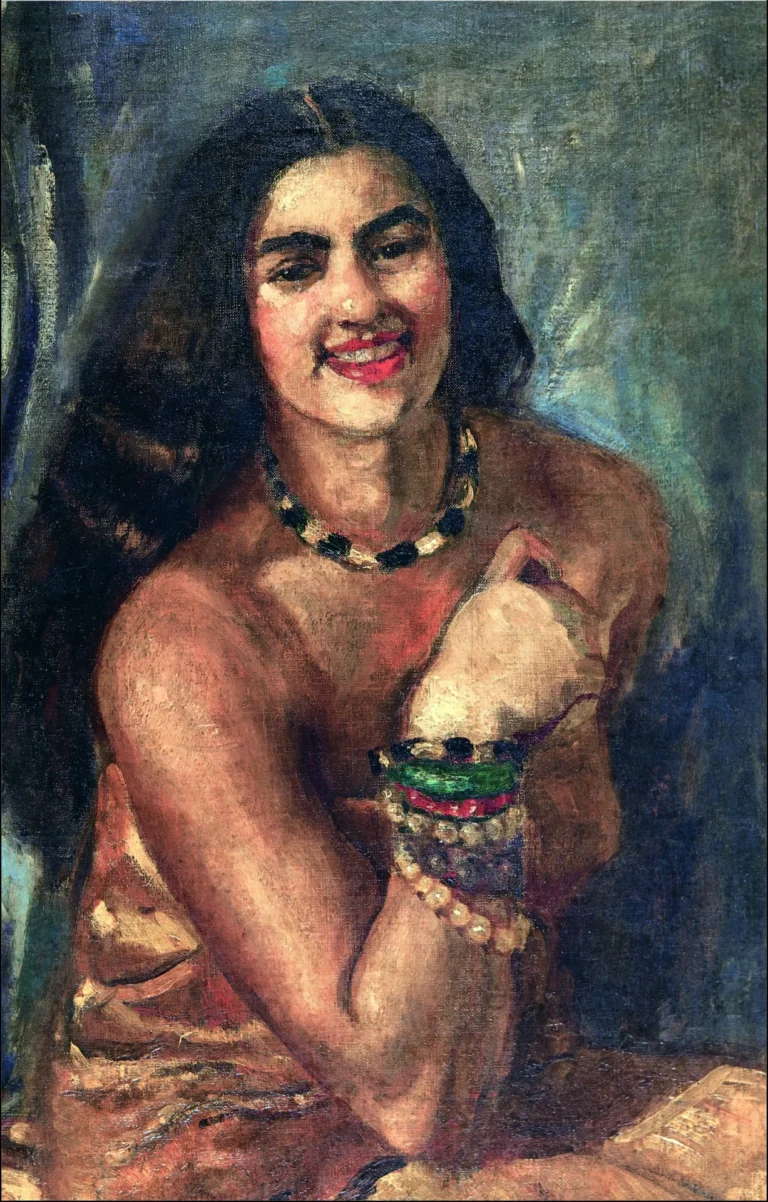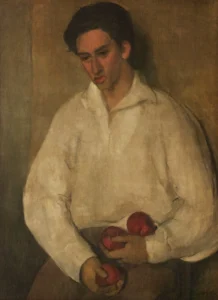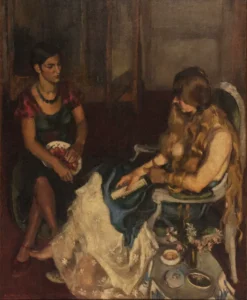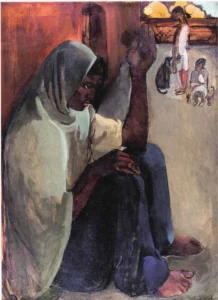Amrita Sher-Gil Self Portrait with long hair
This self-portrait, painted in 1934, captures Amrita Sher-Gil in a candid and contemplative manner, emphasizing her striking facial features and long, straight black hair tied back. With its vivid colors and intimate composition, this artwork provides insight into Sher-Gil's exploration of her own identity. The self-portrait showcases her ability to blend Western techniques with Indian themes, contributing to her status as one of India's most celebrated female artists. Her works are often lauded for their emotional depth and technical skill, making her legacy an important focus in the contemporary art scene.
Year 1934
About the Artwork
'Amrita Sher-Gil Self-Portrait with Long Hair 2' stands as a testament to the artist's innovative spirit and complex identity. Created in 1934 during her time in Paris—a city recognized as a hub for avant-garde art—Sher-Gil utilized this self-portrait to meticulously explore her inner world. The long hair symbolizes not only femininity but also cultural identity, as she elegantly blended Eastern and Western artistic sensibilities. The creation of this piece reflects her yearning for self-exploration amidst a changing society, showcasing her personal journey as she navigated her dual heritage. Sher-Gil's impactful self-representation invites viewers to reflect on the nuances of identity and the role of the artist in society.
Did You Know
Liked what you see? Add it to your collection.
Enjoyed reading? Share it.
... continued
Date and Location
The self-portrait was painted in 1934 in Paris
Description
This painting is one of the self-portraits where Amrita Sher-Gil depicted herself with long hair. The image shows her in a straightforward and introspective manner, highlighting her facial features and her long, straight black hair casually tied back.
Source and Publication
The image is sourced from the book 'Amrita Sher-Gil: A Self-Portrait in Letters and Writings' by Vivan Sundaram, published by Tulika Books in 2010.
Public Domain Status
The painting itself is in the public domain, and the photographic reproduction of it is also considered public domain in the United States, although usage rights may vary in other jurisdictions.




